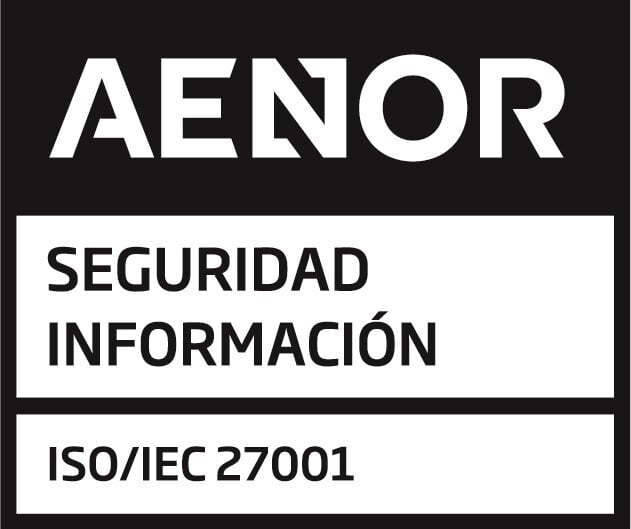Wind turbine installations worldwide are on the increase. In 2020 alone, at least 96.3 GW was commissioned. In successfully bringing wind turbine projects to life, engineers must adhere to best practices for precise resource power measurement in the renewable energy industry.
Measuring the free-stream speed of wind has always been challenging given the abstract nature of this concept. Experts have developed many approaches to measuring wind power performance to reduce the uncertainty as much as possible.
For this discussion, we will cover five internationally standardized methodologies of power performance measurement.
1. Meteorological Mast (IEC 61400-12-1 (2005))
The wind turbine industry owes its initial growth to data collected by meteorological masts. The meteorological mast methodology is based on the global standard IEC 61400-12-1. It uses the traditional vane and cup anemometers as sensors. In case there are icing risks, heated sonic anemometers and other auxiliary sensors may apply.
Usually, the meteorological mast sits close to the wind turbine to measure the speed at hub height. It is outside the wind speed induction zone, between 2 and 4 rotor diameters away.
Since this concept with its cup anemometers is widely known and accepted across the industry, it elicits confidence for investors. On the downside, met masts usually need siting approvals that can take months. The equipment is also susceptible to lightning and mechanical flaws.
Inclusive of other issues, cup anemometers work poorly during gusty weather conditions. They may even stop working in extremely icy weather.
2. Ground-based LiDAR / SoDAR (IEC 61400-12-1 (new draft))
LiDAR, or Light Detection and Ranging, is a system of measuring the speed of wind before it contacts the wind turbine rotor. A ground-based LiDAR system or SODAR is characterized by a remote sensing instrument placed on the ground to transmit a short acoustic sinusoidal pulse and receive the return signal.
Since the creation of the IEC 61400-12-1 Ed. 2 Standard, ground-based LiDAR systems have grown popular. Operators regard them highly for their accuracy in measuring wind turbulence, speed, and direction, among other characteristics.
The atmosphere is thermodynamic, so it causes turbulence that scatters back the sound waves. The ground-based LiDAR system measures these sound waves. Using the Doppler shift and intensity of the waves, the system can determine the characteristics mentioned above.
Typically, the SODAR system comes as a compact unit, whereby the transmitter and receiver are in the same place. To develop a three-dimensional vertical wind profile, a SODAR made up of at least three beams angled differently may be necessary.
This method has been used for many years to determine turbulence intensity, performance curves, and wind profile measurements.
3. Nacelle-Mounted LiDAR
This system blends the advantages of LiDAR technology- remote measurement- and those of a nacelle-mounted instrument –no installation challenges associated with masts. Nacelle-Mounted LiDAR technology has evolved for many years. Earlier versions were restricted to 450 meters, but modern systems can cover between 50 and 700 meters. This setting not only increases Power Performance Testing (PPT) quality but also caters to larger wind turbines.
The fact that manufacturers usually include nacelle-mounted LiDAR systems in turbine supply agreements (TSAs) for offshore wind turbine functioning verifications demonstrates the increased popularity of these systems. Manufacturers and developers have recognized these systems as effective options during the commissioning of offshore wind turbines.
With the creation of IEC standards for offshore settings, we are likely to see more of these even for onshore farms.
4. Nacelle-Mounted Anemometry (EC 61400-12-2 (2013))
In this method of power measurement an anemometer is placed on the nacelle of the turbine. Wind turbines usually come with an anemometer fixed on the nacelle to determine wind speed. The wind turbine controller reads the measurement from the anemometer for operation determination. The turbine speed may determine whether the turbine should idle or shut down at certain speeds.
Since the nacelle-mounted anemometer is behind the turbine blades, accuracy of measurement is often a concern. Remote sensing or tower anemometers tend to be more accurate than this method.
The IEC 61400-12-2:2013 standard specifies this procedure. It can evaluate the performance of specific wind turbines in specific environments. You could also use the method for broad correlation between different wind turbine settings and models.
5. Existing Nacelle-Mounted Anemometry (SCADA)
Lastly, we have this control and monitoring system. Wind farm operators are increasingly looking for ways to minimize maintenance costs. To respond to this need, most wind turbine manufacturers incorporate SCADA systems. If this system is onboard the turbine, the operator only needs to derive the data for fault diagnostics and condition monitoring.
Some of the data parameters that can be derived from the system are generator power, gearbox data, generator diagnostic data, and vibration. Most importantly, the SCADA system provides wind direction and speed data. It then correlates this data with the generator power output.
Apart from power measurement, this method is applicable for maintenance tracking, even when there is a need for comparison with other turbines. When data is collected over a long time, say several years, it can be applicable in load planning and production estimates.
QBI, the Optimization Tool Need
In the development of wind projects, predictive tools are necessary for an in-depth understanding of turbine performance. The methods highlighted have different capabilities, but using them correctly can help lower the cost of energy.
A crucial step for optimum performance of wind turbines is to determine underperforming areas and develop strategies to enhance performance. QBI can measure and analyze the consequences of the steps applied to improve performance.
Wind turbine and farm optimization is an exciting space that will become more prominent with time. Get in touch for more on power optimization.
